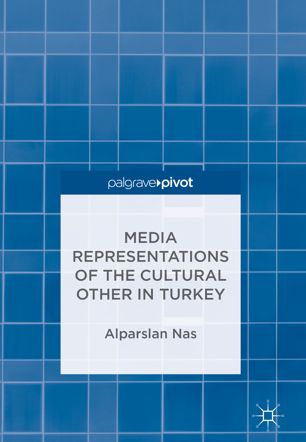

Most ebook files are in PDF format, so you can easily read them using various software such as Foxit Reader or directly on the Google Chrome browser.
Some ebook files are released by publishers in other formats such as .awz, .mobi, .epub, .fb2, etc. You may need to install specific software to read these formats on mobile/PC, such as Calibre.
Please read the tutorial at this link: https://ebookbell.com/faq
We offer FREE conversion to the popular formats you request; however, this may take some time. Therefore, right after payment, please email us, and we will try to provide the service as quickly as possible.
For some exceptional file formats or broken links (if any), please refrain from opening any disputes. Instead, email us first, and we will try to assist within a maximum of 6 hours.
EbookBell Team

4.7
26 reviews“A fresh study that confirms the existence of multiple peripheries (and its others) in Turkish society and how dominant centrist media represented these differences in film and television discourse. The use of Mardin’s center-periphery concept for the analyses of films, ads and cartoons is brilliant. This is a timely project as scholarly interest in Turkey has increased exponentially since 2013. This project is key to understanding the roots of a media politics in contemporary Turkey.”
—Murat Akser, Ulster University, UK
“Alparslan Nas' seminal work disrupts the notion of Turkish identities as fixed and stable. He challenges the center (secular, modern, Western)/ peripheral (conservative, religious) binary by critically examining how a cultural “other” is constructed and performed through the media in Turkey. Nas’ analysis offers a (much needed) new lens and approach to understanding Turkey’s complex social and political landscape.”
—Kathleen Cavanaugh, National University of Ireland, Galway, Ireland
This book is an important contribution to the scholarship on Turkey’s cultural and political dynamics, facilitating a discussion on the recent depictions of the cultural other in the media. Turkey’s modern history has been characterized by a particular tension between the social classes occupying the “center” of society: while the bureaucratic elite are represented as modern, secular and westernized, the “peripheral” communities are portrayed as conservative, religious or non-Turkish. This book facilitates a timely intervention to problematize this possible perception and to point at the complex dynamics of center-periphery relations through the representation of the cultural other in film, television, advertisements and cartoons, which have all been produced by different social classes. Ultimately, Media Representations of the Cultural Other in Turkey argues that the notions of the center and periphery do not signify stable positions; rather, each social agent imagines themselves at the center, the cultural other at their periphery providing a crucial tool for the realization of their own identity.